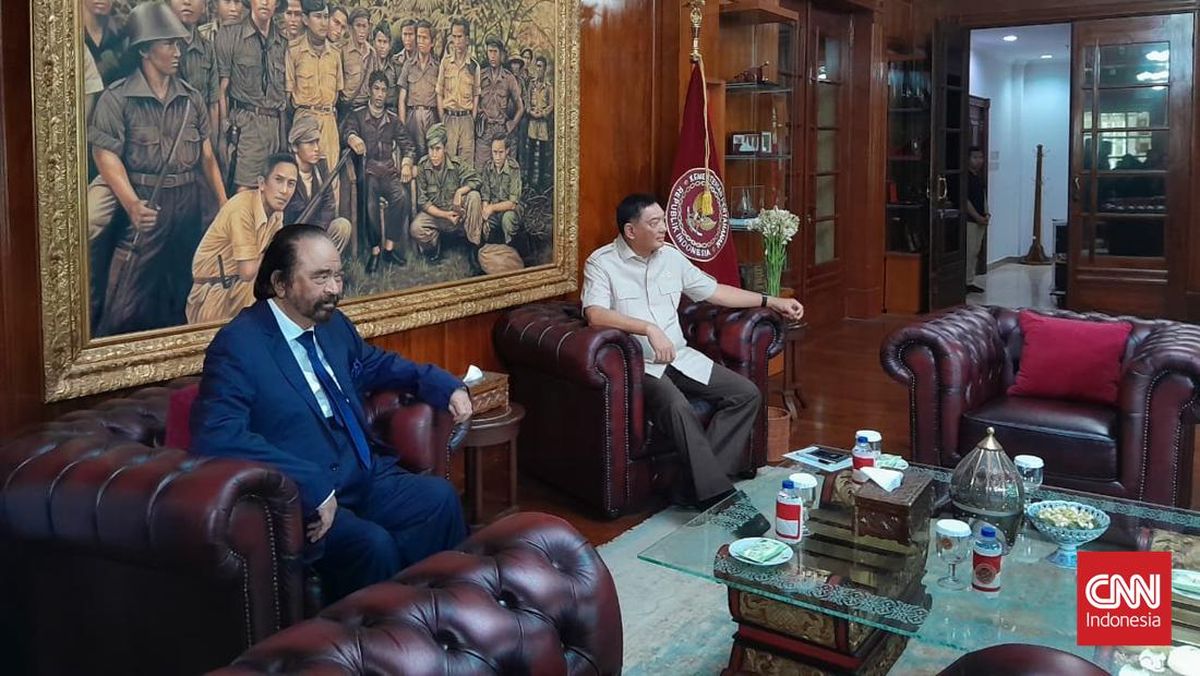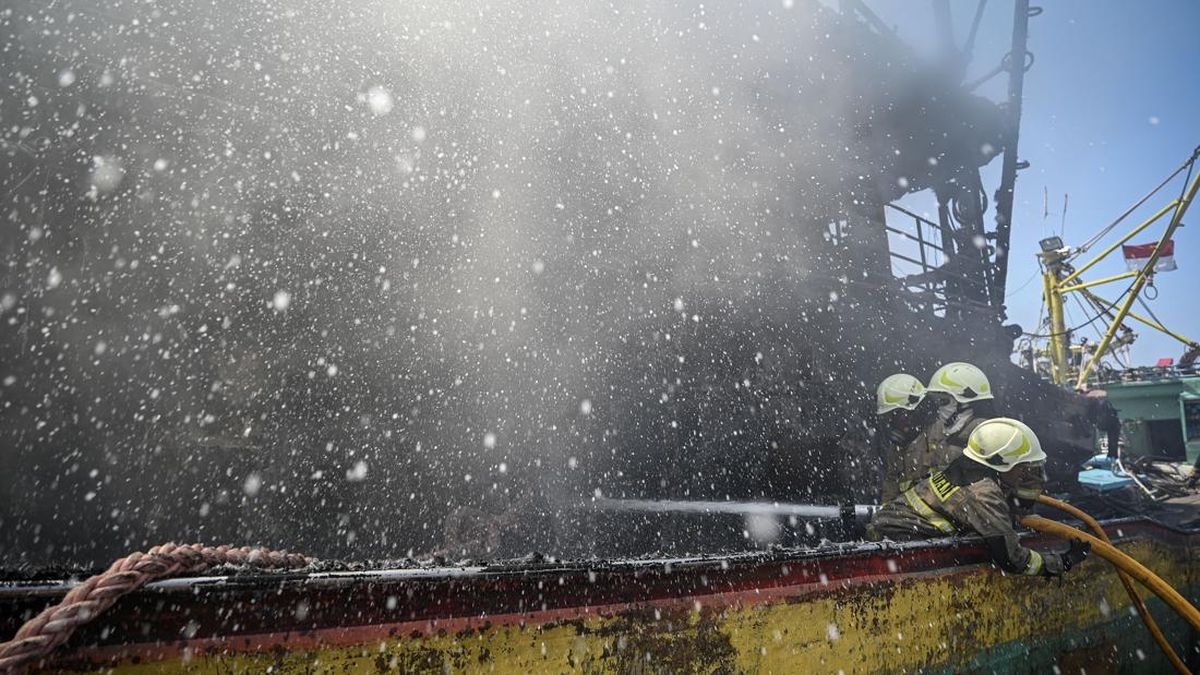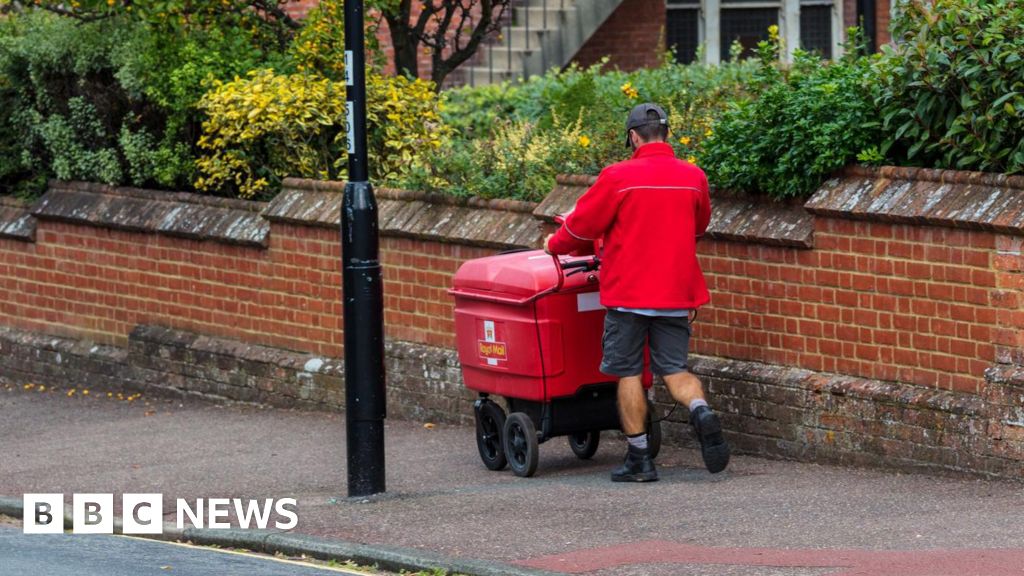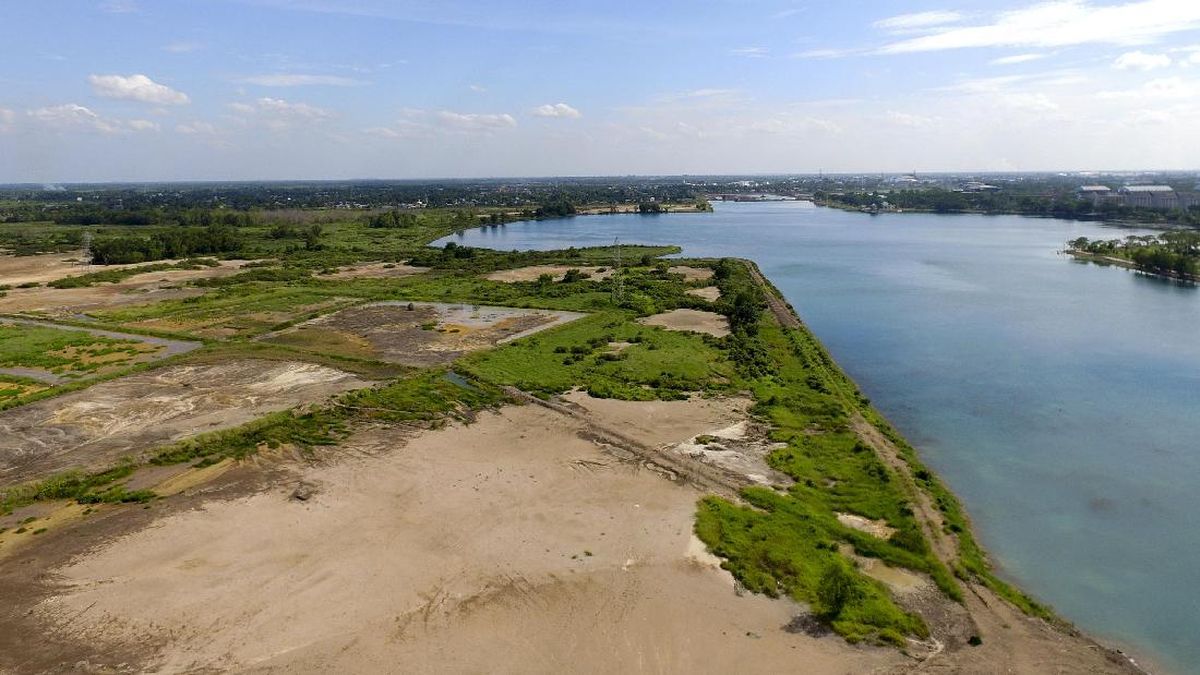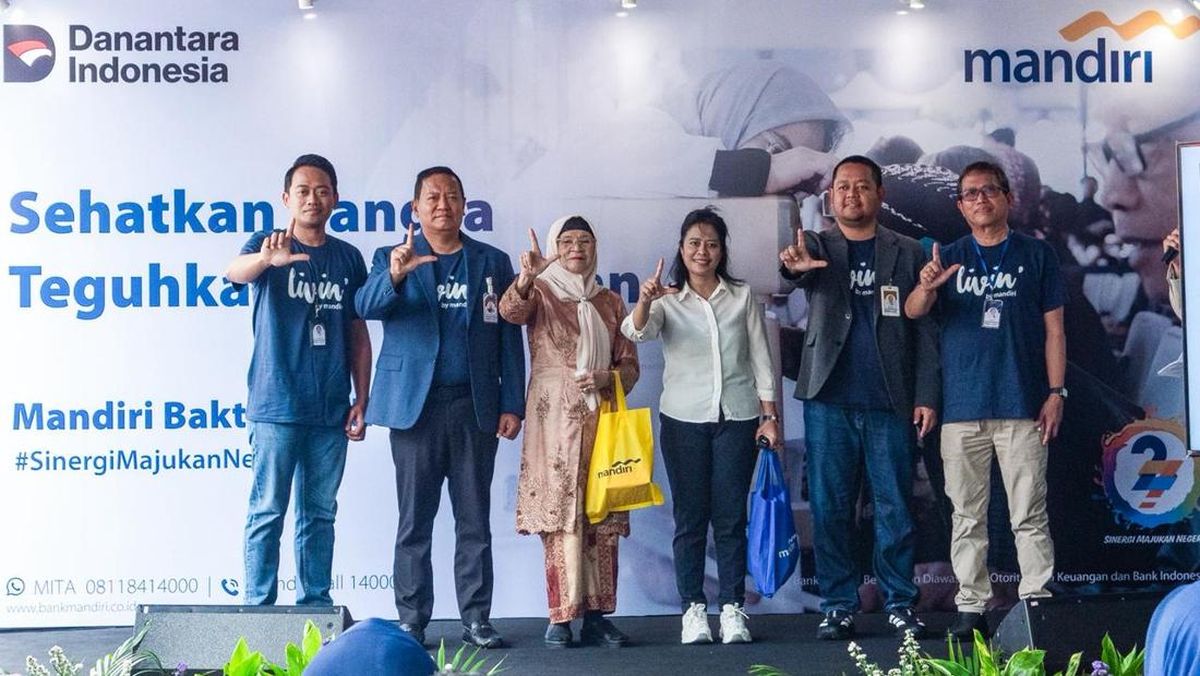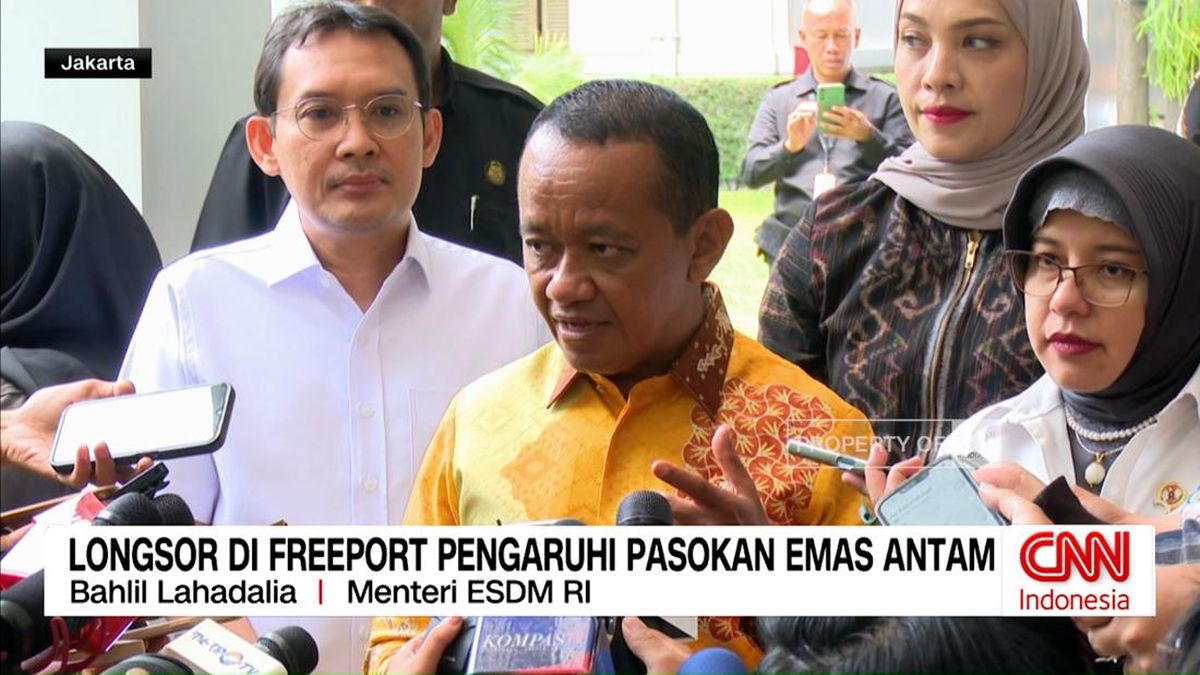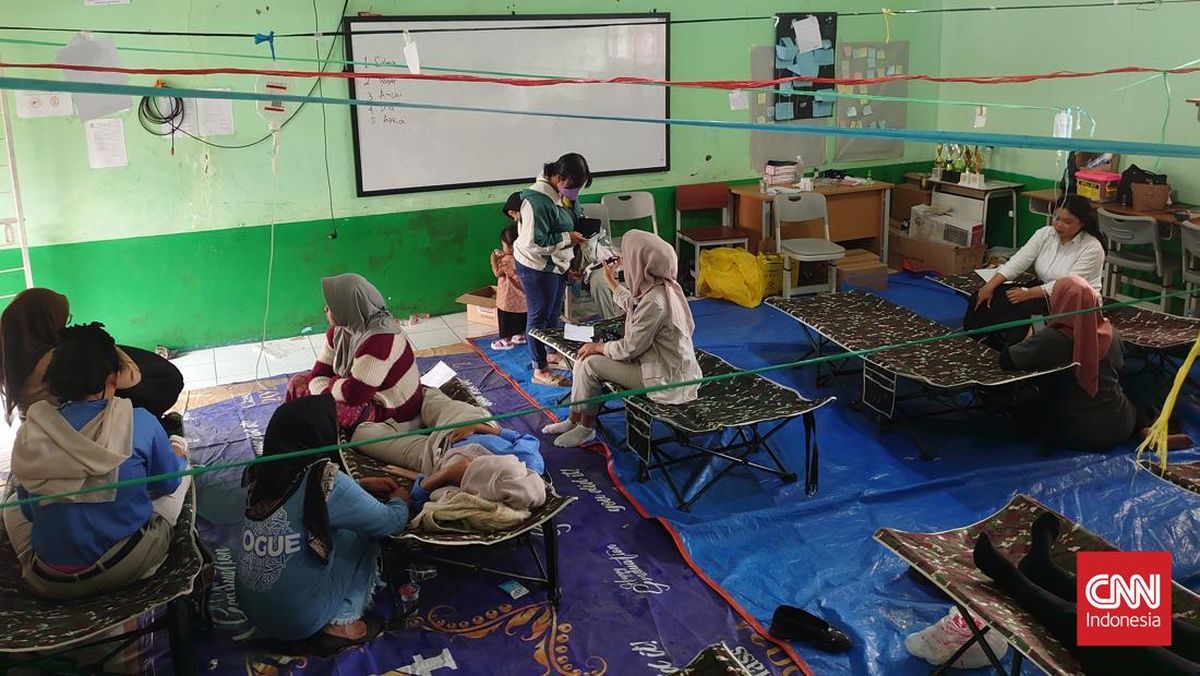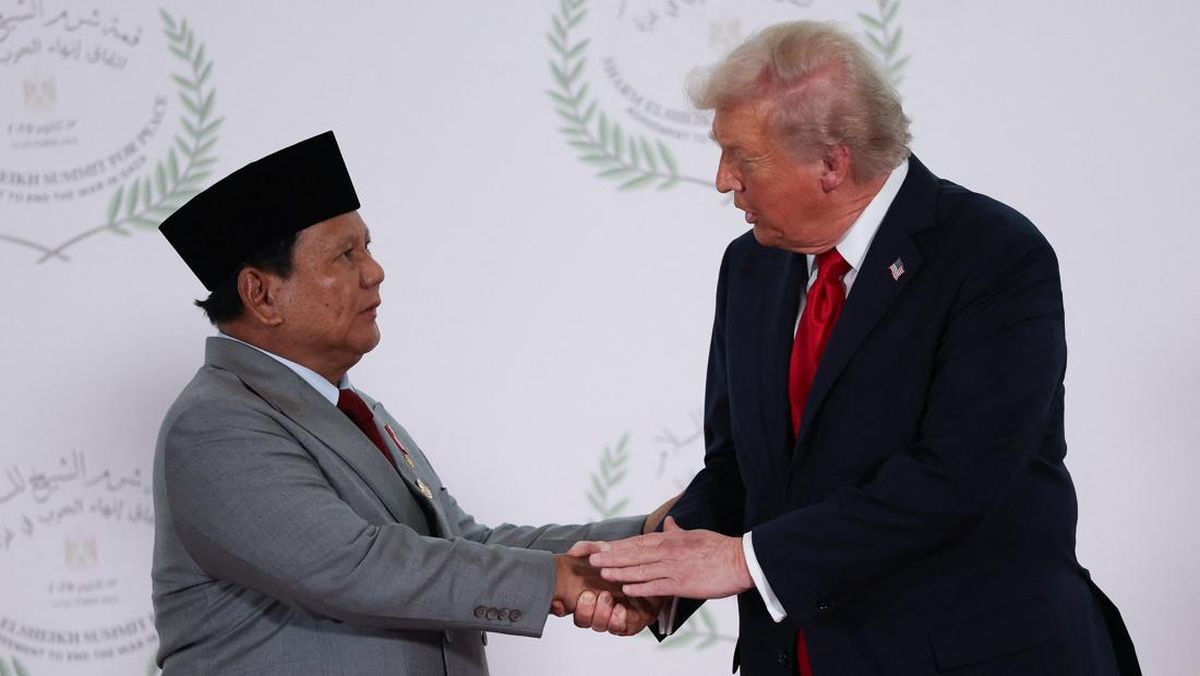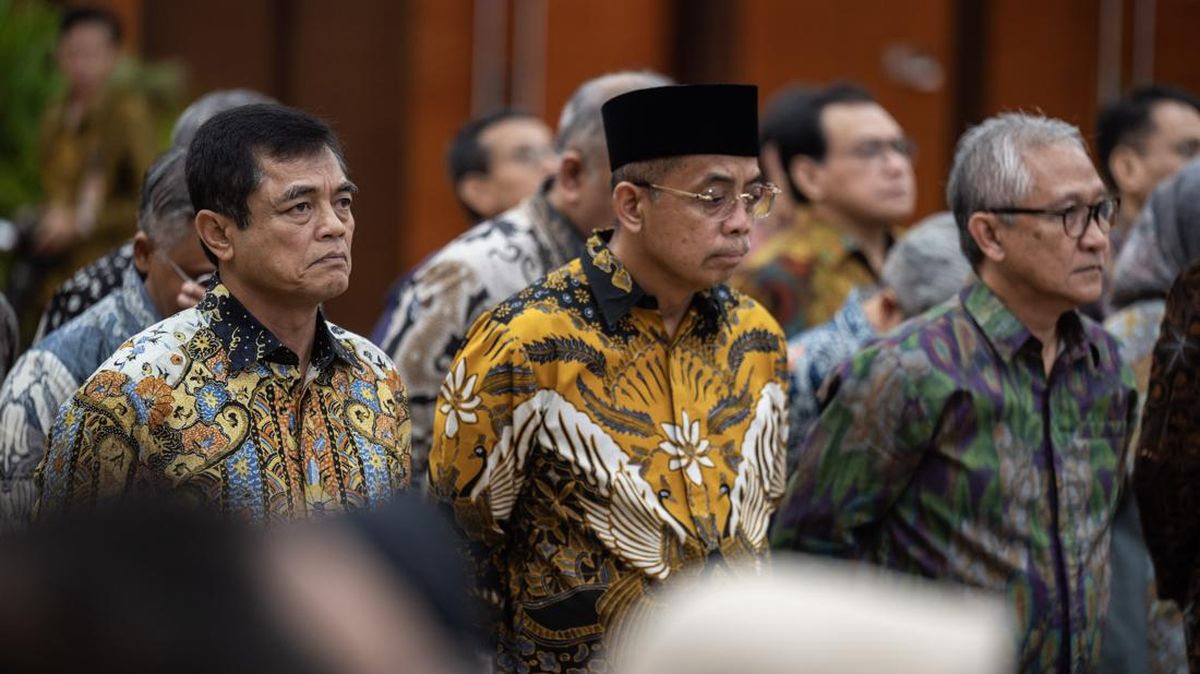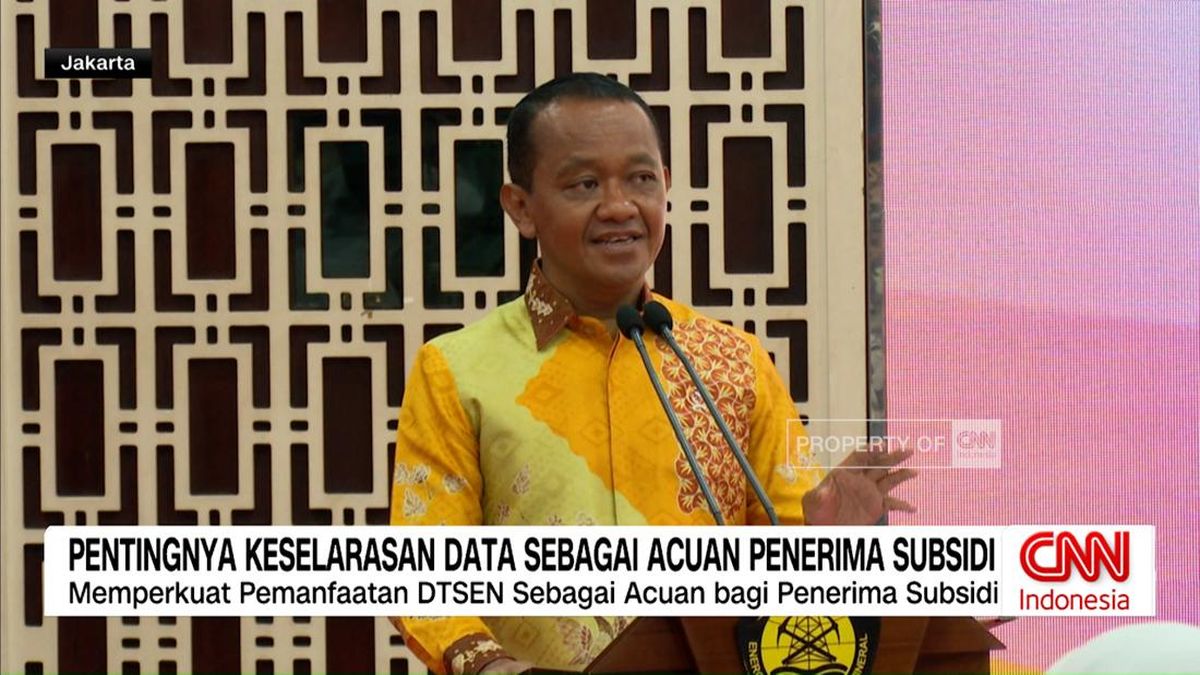Brought to you by BULLS N’ BEARS
By James Pearson
October 15, 2025 — 2.44pm
Osmond Resources has come out swinging in Spain, with its maiden drilling program unearthing seven promising heavy mineral layers within the prized Pochico formation from the very first hole at its Orión EU critical minerals project.
The company’s maiden hole – part of a 15-hole campaign - sliced through the entire Ordovician-aged Pochico formation and finished at 187.8m depth in massive quartzites, hitting the most exciting geology between 42m and 172.8m.

A view of Osmond Resources’ Orion EU critical minerals project in southern Spain’s Jaén province.
The drill bit then picked up seven separate weakly laminated quartzite layers - the prized host for rutile, zircon, monazite and other rare earth-bearing minerals - including a standout 5m-thick interval from 106.5m.
The Pochico Formation has already made a name for itself across the Orión project, thanks to its rich endowment of heavy minerals. Earlier sampling of outcropping quartzite has already clocked whopping grades of heavy minerals, hinting that the numbers downhole could be just as good, or even better.
Logging of the first hole also included down-hole gamma ray geophysical instruments, which measure natural radiation in real time to correlate the quartzite units with mineralised zones. Although Osmond hasn’t officially called it just yet, the company says it is quietly confident the upcoming assays — due within weeks — will back up its early optimism.
Buoyed by the initial findings, the company has sent a second rig to site and begun turning the rods on a nearby hole from the same pad but at a different angle, aimed at confirming the continuity of the logged layers. A third hole is also about to kick off 1.7 kilometres west southwest of the first hole to test the same stratigraphy further along strike.
The company’s Orión play sits in southern Spain’s Jaén province and spans a massive 228 square kilometres, covering 756 claims across a quartz-rich system laced with critical minerals. Earlier in the year, fieldwork at the site immediately turned heads, revealing the project’s heavyweight potential.
Three 50-kilogram bulk samples turned in stellar grades of 28 to 31 per cent total heavy minerals (THM), with rutile dominating the mix at 13 to 15 per cent —almost half of the total. Zircon chipped in with 8.4 to 9.4 per cent, making up another 30 per cent of the THM. The haul also came with the bonus of a rich hafnium credit running as high as 1,295 parts per million (ppm).
Capping off the results, rare earths–rich monazite showed up with grades of 1.5 to 1.7 per cent, translating into 1.1 to 1.2 per cent total rare earth oxides (TREO). The suite was loaded with lucrative magnet-making rare earths such as neodymium, praseodymium, dysprosium and terbium, all essential ingredients in the manufacture of electric vehicles, wind turbines, drones and next-generation robotics.
Not surprisingly, the project fits squarely within Europe’s geopolitical and industrial priorities, which might just lead to an important source of funding down the line as the company moves forward with its development.
Under the Critical Raw Materials Act, the EU has set 2030 targets of 10 per cent domestic extraction, 40 per cent processing, 25 per cent recycling and no more than 65 per cent dependence on any single non-EU source.
Osmond is gunning to carve out a critical minerals stronghold Europe can truly call its own. With a maiden resource, flow sheet and scoping study all on the cards for the first half of 2026 and two rigs now chewing through the ground, momentum is clearly building.
If those logged layers stack up to the stellar surface numbers, Orión could shape up as one of Europe’s most strategically aligned discoveries - a rare placer-style deposit brimming with the elements that drive wind turbines, solar panels and advanced defence tech.
Is your ASX-listed company doing something interesting? Contact: [email protected]
Most Viewed in Business
Loading


